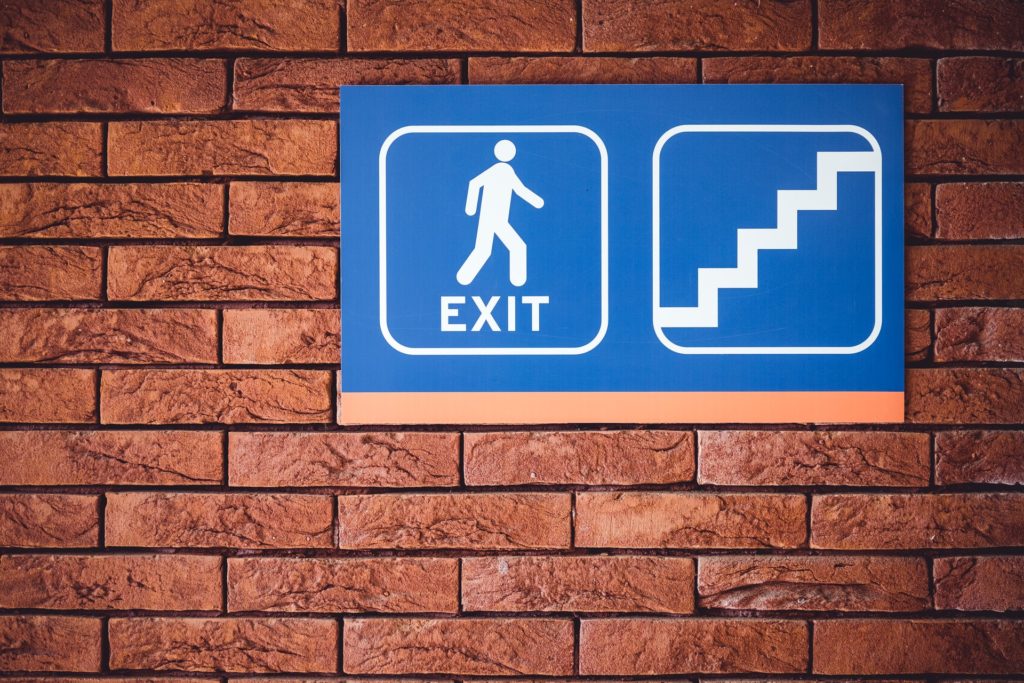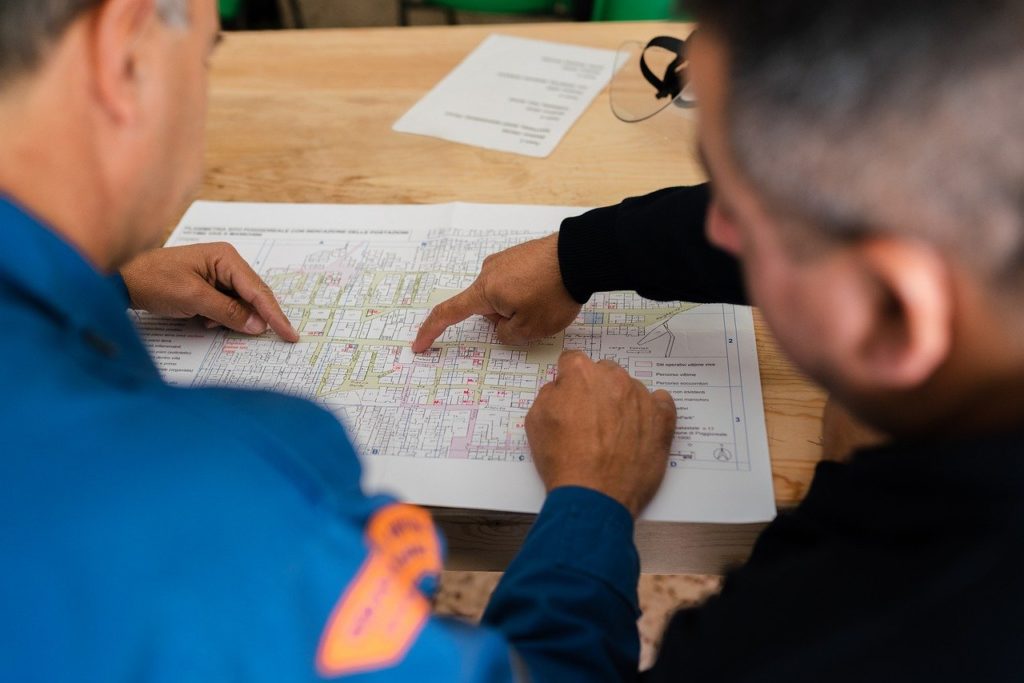Office evacuations happen more often than you might think. Just how often exactly they occur depends on various factors, such as where your office is located.
Evacuation is necessary for various scenarios, most notably, fires, earthquakes, explosions, etc. In some instances, it might be better to shelter-in-place, but you need to be able to recognize them.
There are many evacuation elements to consider, and we’ll cover the most important ones in this article. It’s essential that you are prepared, cool-headed, and ready to set the evacuation plan in motion if need be.

Think About Possible Conditions That Will Require Evacuation
Think about the disasters that are most likely to hit your office. Maybe you’re in a geographical area particularly susceptible to earthquakes. You might also have lots of flammable or hazardous materials in the environment.
If the building you’re in has already been struck by some unfortunate events, research its history, what went wrong, and how you can better prepare for it this time around.
It might also be a good idea to secure your business by getting insured. This way, you might get the insurance company to cover any damage.
Consider each type of emergency carefully as well as the type of your building. For example, the evacuation plan will probably differ for the ground floor and other offices that are higher up. Think about the construction material and the layout of every office and all the exits.
Devise an Evacuation Procedure

Now that you know what kinds of disasters can affect you in what ways, it’s time to devise a plan everyone should follow in case of an emergency.
Obviously, the complexity of the plan will depend on the layout and size of your premises. If you only have one office on the ground floor, you’ll simply head toward the back exit, for example. However, if your workspace involves multiple offices and even floors, you need to have designated exit routes and know exactly in which order the place should be evacuated.
Be sure to post floor plans that clearly depict exit routes, fire extinguishers, and other equipment that might come in handy during an emergency. All employees should be aware of these plans so that they are ready in the worst-case scenario.
Another important thing to establish is the meeting location after the evacuation so that you can group up and see if anyone is missing.
Have All the Necessary Equipment
Make sure to have all the necessary equipment. It would be wise to have everything you might need both on- and off-site. For example, in case of fire, you should have fire blankets, extinguishers, first-aid kits, etc.
If you’re worried about toxic materials contaminating your premises, chem suits, gloves, and boots are a must. Of course, you can’t be ready for each and every potential accident, especially those highly unlikely to happen. Be smart about what you really need.
No matter what emergency you’re preparing for, make sure to have fully stocked disaster kits on hand. Make it a priority to check them every few months to make sure everything is in its right place.
Mark storage locations so that everyone knows where they are in case they’re needed. It’s paramount to make everyone aware of both the evacuation plan and equipment.
Assign Roles

You can have it all neatly planned out in your head, but it’s all for nothing if everyone else starts panicking. People respond to emergencies differently, but they are much more likely to act calmly and efficiently if they are prepared.
The best thing you can do is assign responsibilities in case of a disaster as well as have a clear chain of command. You know your employees, and you’ll choose the level-headed ones to coordinate the evacuation. If there are multiple offices and floors, make sure to have someone responsible in each section.
There should also be employees whose task is to check if anyone is missing since people might get too scared to think about counting heads in an emergency situation.
The most important thing is to have people who are skilled in first aid. In fact, consider investing in first aid training for your staff.
Have Periodic Drills
Your employees may find evacuation drills funny or even annoying, but that’s a small price to pay for preparedness for a real disaster. The more you repeat the procedure, the more comfortable everyone becomes in their roles.
Your goal should be to have everyone ready to do their task in case of a disaster without much thinking. Thinking is a luxury not many can afford in an emergency, but if they are properly drilled, their bodies will know exactly what to do.
You should practice at least once every few months. These drills will also help you identify any weak spots in your plan and perfect the procedure. Something that seems perfectly logical in theory may not work as well in practice.



0 Comments